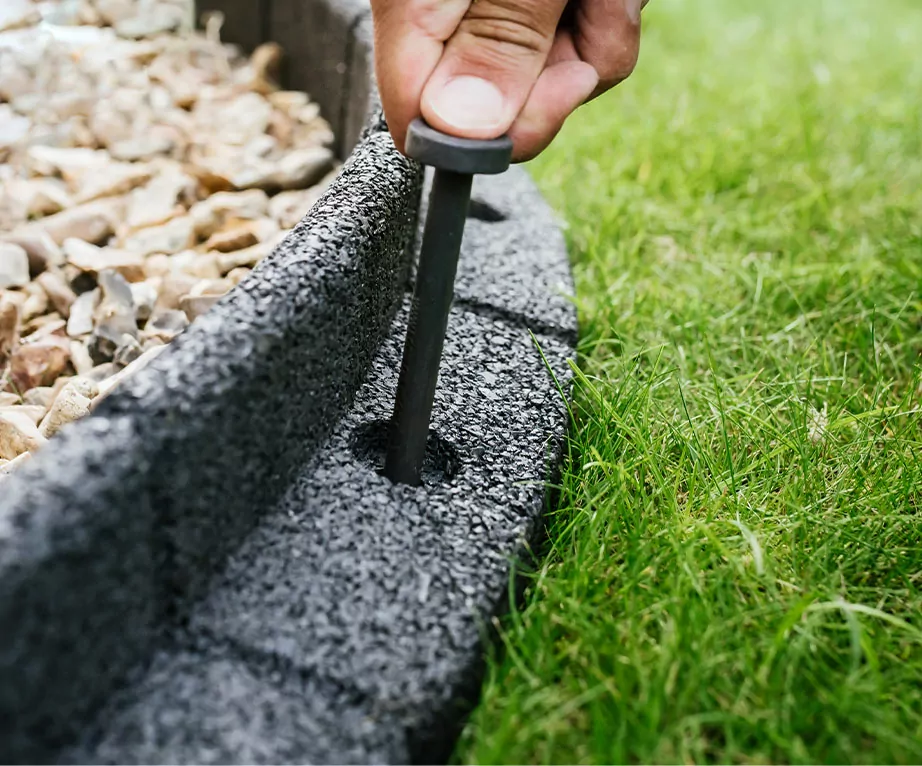Garden Edging

Garden edging refers to any material or technique used to create a visible boundary around a garden bed, path, or other landscaping feature. Here are some common garden edging details to consider:
-
Material: Garden edging can be made from a variety of materials, including brick, stone, wood, metal, plastic, concrete, and even plants. Each material has its own unique look and level of durability, so consider your specific needs and aesthetic preferences before choosing a material.
-
Height: The height of your garden edging can vary depending on the look you're going for and the purpose of the edging. For example, low-profile edging may be used to define a garden bed, while taller edging may be used to create a raised garden bed or to prevent soil erosion.
-
Shape: The shape of your garden edging can also vary to fit the design of your landscape. Straight lines and geometric shapes create a more formal look, while curved or irregular shapes can create a more natural or organic feel.
-
Placement: Garden edging can be placed along the edges of garden beds, paths, or other landscaping features. Consider the overall layout of your landscape and how you want the edging to function before deciding on its placement.
-
Maintenance: Depending on the material you choose, garden edging may require different levels of maintenance. For example, wood edging may need to be treated with a sealant to prevent rot, while metal edging may need to be painted or treated to prevent rust.
Overall, the details of your garden edging will depend on your specific needs and preferences. Consider the material, height, shape, placement, and maintenance requirements to create a garden edging design that works for you.